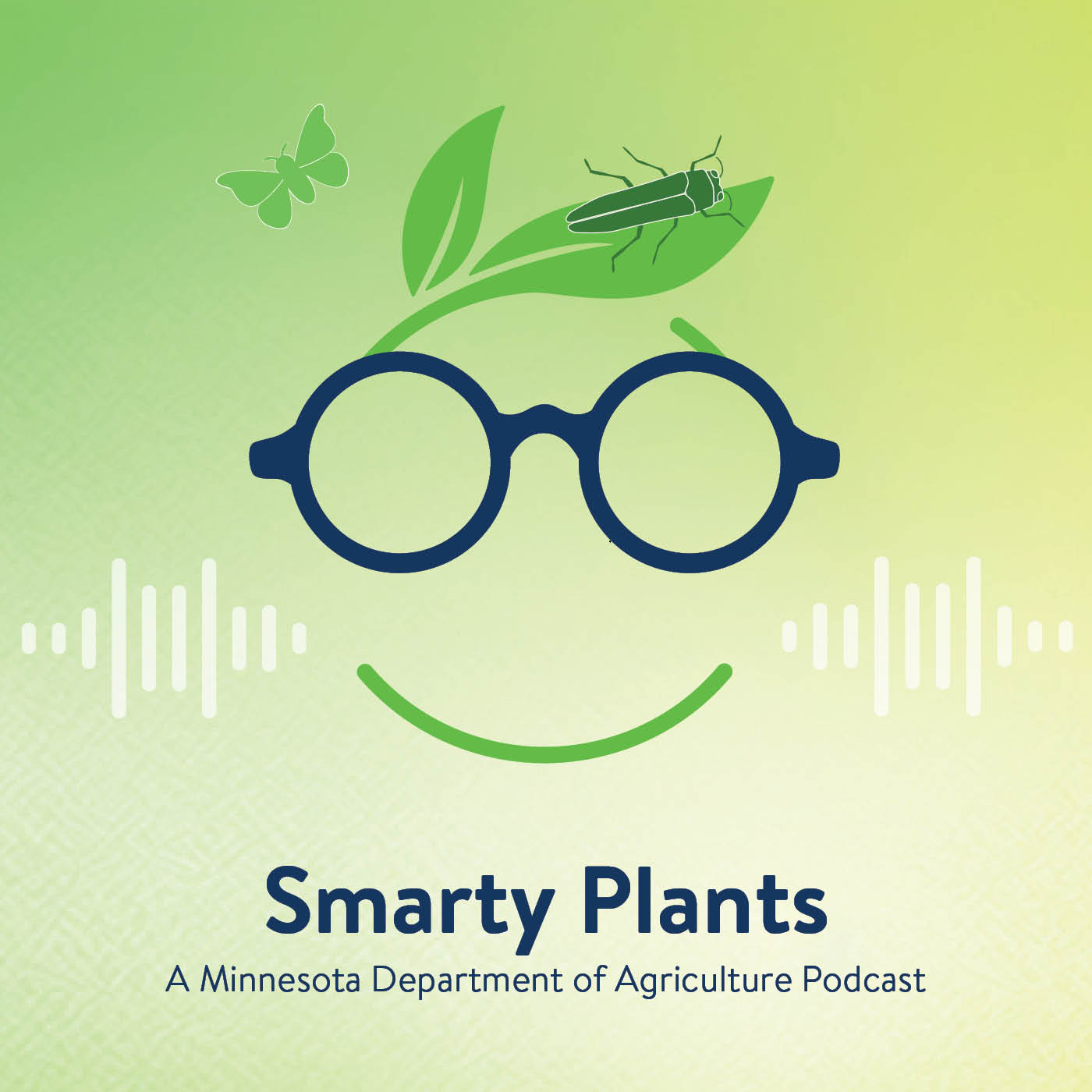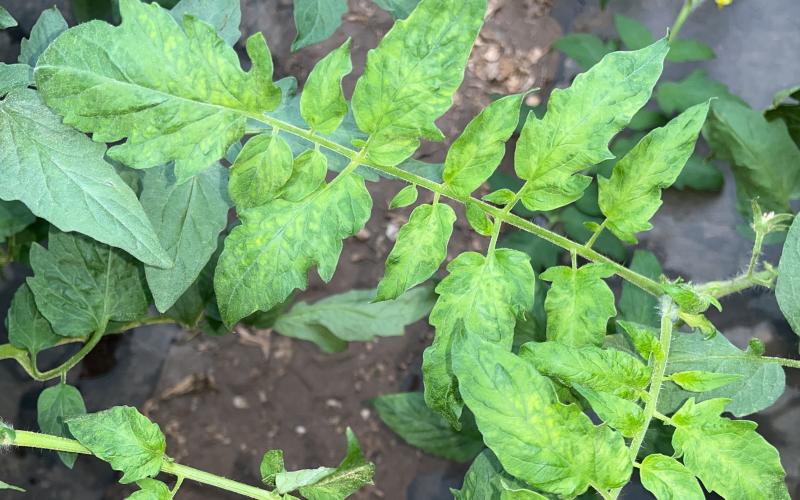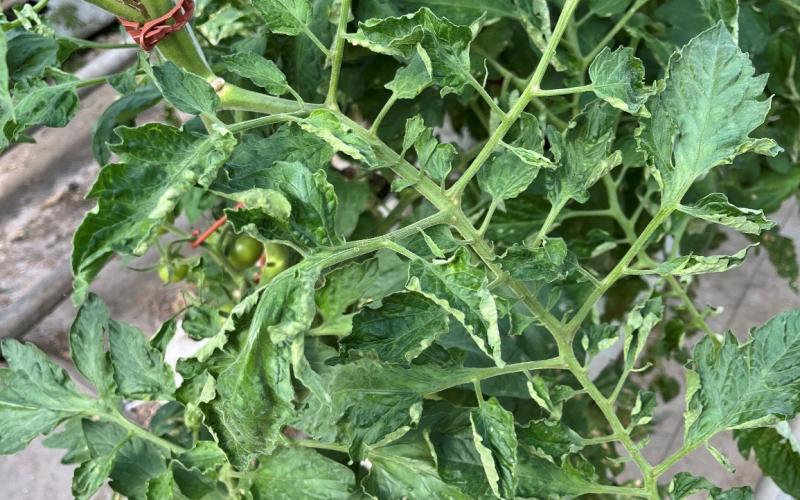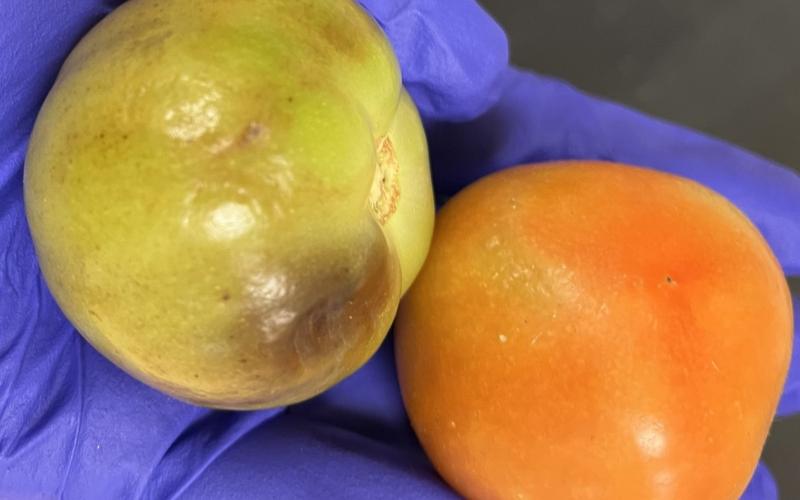At Risk
Tomato and pepper plants can be infected with Tomato Brown Rugose Fruit Virus (ToBRFV). Disease is most severe in greenhouse and high tunnel production where plants are frequently handled for staking, tying, and pruning.
Distribution
First observed in 2014 and 2015 in Jordan and Israel, ToBRFV was named as a new species of plant virus in 2016. It has since been detected in over 40 countries. Efforts to prevent introduction and to eradicate detections of the virus are in effect in many countries.
Biology
Infected seeds or transplants can carry ToBRFV to a new area. Once infected plants are present, the virus spreads rapidly on hands and tools. ToBRFV is a long-lived and durable virus. It has been shown to survive on workers' hands for over two hours after touching an infected plant, and for three to six months on common greenhouse surfaces such as metal, glass, concrete, plastic pots and trays, and polyethylene sheeting. The virus can also survive in infected plant debris and soil from one season to the next and possibly longer. Viruses in the same family as ToBRFV are known to survive in plant debris for many years.
Identification
Leaves
- Symptoms are most easily observed on young leaves.
- Leaves have a mosaic or mottle of dark and light greens.
- Leaves may be puckered, have upward curling edges, or may be elongated and distorted.
Fruit
- Fruit ripens irregularly and may have blotches of red, yellow, orange, or green.
- Raised rough brown skin may be present in patches on fruit.
Look-Alikes
There are over 300 plant viruses known to infect tomato plants. Many result in very similar symptoms to ToBRFV. A lab test is required to determine which plant virus is causing symptoms.
Regulatory Status
ToBRFV is a federally regulated plant virus.
What Can Be Done?
Prevent introduction of ToBRFV
- Purchase seed and transplants from a reputable supplier that tests for the presence of ToBRFV.
- Separate plants from different suppliers to prevent cross contamination.
- Disinfect hands and tools regularly when working with plants to prevent spread of disease.
The United States allows the sale of vegetables for human consumption from countries with ToBRFV. These vegetables are safe to eat, but seeds and sap from the vegetables may contain ToBRFV.
- Do NOT plant seeds from tomatoes and peppers purchased in a grocery store.
- Greenhouse workers should wash hands vigorously with soap and water before work.
Reporting ToBRFV
If you suspect you have found ToBRFV, take pictures of the symptoms. Email pictures, your name, and location to reportapest@state.mn.us or report online at www.mda.state.mn.us/reportapest . The Minnesota Department of Agriculture (MDA) may contact you to request a sample for further laboratory testing to confirm the diagnosis.
Smarty Plants Podcast

Discover Smarty Plants, the Minnesota Department of Agriculture's podcast that digs into the fascinating world of invasive species. Join expert guests as they share insights and solutions to protect our environment and agricultural resources. Visit Smarty Plants and start listening today.





